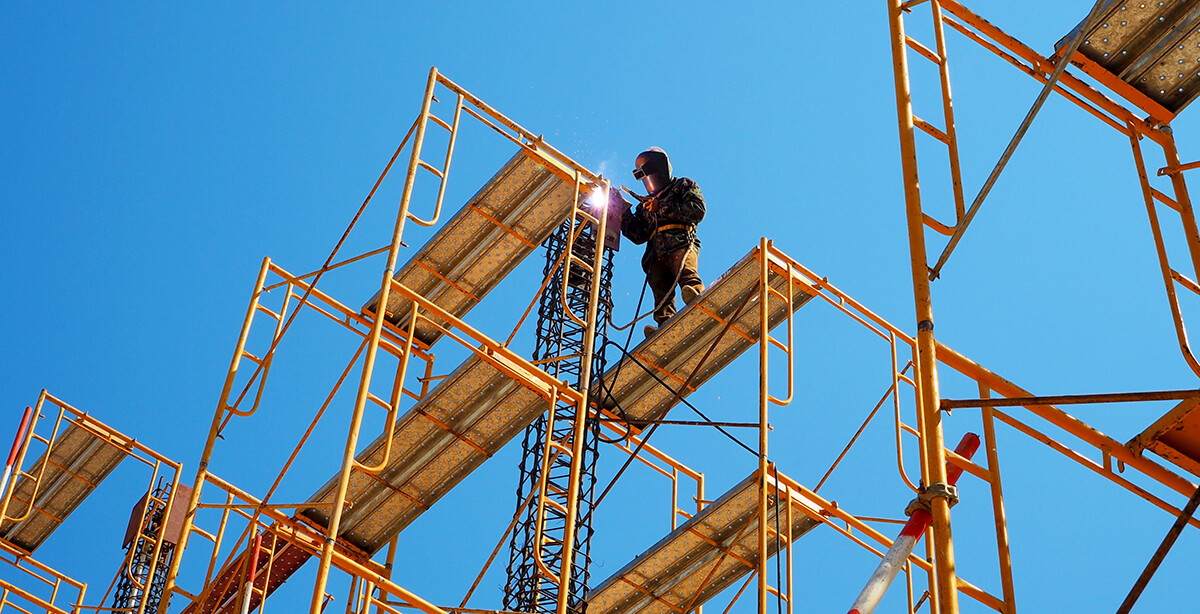Here at OJ Health and Safety we can provide Working at Height courses either online or classroom to fit your needs!

What is Working at Heights?
Working at Heights means work at any place and any height, where if precautions aren’t taken someone could be liable to personal injury. You are working at height if you:
- Work above ground/ floor level
- Could possibly fall from a edge, through an opening or fragile surface
- Could fall from ground level into a opening in a floor or hole in the ground
Working at height does not include slips or trips, as the fall from heights has to involve a fall from one level to a lower level. It also doesn’t include walking up and down a permanent staircase in a building.
Legislation
The Work at Height Regulations 2005 was put in place to prevent fall from heights that could either cause injury or death. The regulations apply to an employer or anyone in control of working at heights such as facilities manager. Regulations make sure that those in control make sure work that involves working at height is properly planned, supervised and carried out by a competent person. Including using the right type of equipment.
Control Measures
First of all, when it comes to working at height you must assess the risks. There are different factors to weigh up such as the height of the task, the duration, the frequency and the condition of the surface been worked on.
Before doing the work, work through these simple steps:
- Avoid working at height where possible.
- Where work at height cannot be easily avoided, prevent falls using either an existing place of work that is already safe or use the correct type of equipment.
- Minimise the distance and consequences of a fall, by using the correct type of equipment where the risk cannot be eliminated.
For each step, always consider measures that protect everyone at risk before measures that only protect the individual.
The Do’s and Don’ts of Working at Height
When it comes to working at height there are many dos and don’ts.
Do’s:
- Work on the ground as much as possible.
- Ensure when working from height that workers can get safely to and from.
- Equipment should be maintained and checked regularly and is suitable stable and strong enough for the job.
- Precautions to be taken when working on or near fragile surfaces.
- Provide protection from possible falling objects.
- Consider emergency evacuation and rescue procedures.
Don’ts:
- Overload ladders.
- Overreach when on ladders or stepladders.
- Rest ladders against weak upper surfaces such as plastic gutters.
- Use ladders or stepladders for heavy work, only use them for light work of short duration (a max of 30 minutes at a time).
- Let anyone work at height who is not competent.
Working at Height Training
When it comes to working at height training it is recommended that the training is done every six months. This is to ensure that people who work at heights are constantly competent. Initial training should be carried out by the supplier of the rescue system and should include a stimulated exercise to assess the trainee’s competence. Training is essential and can either be done online or in a classroom. We at OJ are happy to help with any training, we pride ourselves on making the process nice and smooth for all clients so they can relax knowing they have access to competent training.
OK, I’m interested what do I do next?
For more information on the services we provide, please email admin@ojsafety.co.uk
